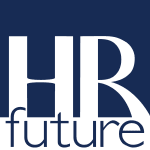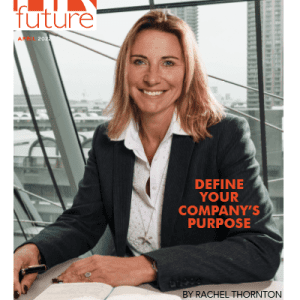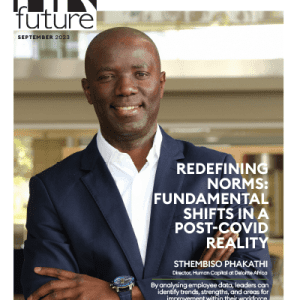Artificial Intelligence can help you recruit the right talent.
Corporate recruiters have a very important and difficult job. They predict who will be a top performer in certain roles and protect against non-performers getting inside the business ecosystem. We rely on their ability to make constant snap judgments to move a candidate into the interview process or not. A single decision in either direction can cost or make a company millions.
Dr John Sullivan, an internationally known HR expert, estimates that recruiters in larger organisations might carry an open requisition load of 15 to 60 open requisitions at a time (). According to CareerBuilder (http://cb.com/1qYcmtU) and Inc. Magazine (), every open position receives between 75 and 250 applications respectively.
A 2012 study by the Ladders, titled “Keeping an Eye on Recruiter Behavior” shows that corporate recruiters spend an average of six seconds on every resume.
In that time they make a decision about whether the candidate can:
1) perform well in the role;
2) last long enough in the role to make a positive impact on the business; and
3) be in a role the job candidate will find satisfying for a long time ().
For the PDF download of the full study, visit:
Let’s estimate 35 open positions with an average of 100 applications per open position. At any given time, each recruiter is screening approximately 3,500 candidates. During the six seconds when they are screening the candidate’s resume, they need to:
1) keep the “requirements” clear for each of these roles;
2) make sure their decision is unbiased; and
3) try to remember if characteristics they are reading on the resumé were some they remember from other candidates that worked out – or didn’t, and more.
“Get me more candidates like her”
Sometimes a hiring manager will comment, “She was a great hire. Get me more candidates like her.” It’s so frustrating to not know what it was about the prior successful candidate that made them successful. You can guess. Was it their experience, where they went to school, their references? How do you know, for sure, so you can consistently replicate success and avoid failure?
Today’s candidate pre-screening process is …
You get the point; today’s candidate screening process is a losing battle. It’s not scalable. It’s not repeatable. The process can’t learn from past successes and mistakes. In six seconds, or less, current recruiters aren’t giving candidates a fair chance. They’re juggling 3,500 other things.
Naysayers of using AI or predictive analytics in the candidate screening process talk about how they don’t want to be treated as a number, or how they are afraid of being misunderstood.
They aren’t “seeing” you as a person when they review your resumé in six seconds. There is nothing personal about today’s typical candidate screening process.
Candidate pre-screening
One of HR’s best “Predictive Analytics Projects” candidate screening is a process better handled by algorithms that can effortlessly, accurately, respectfully and predictively screen thousands or millions of candidates per day (or hour) for business success. All a predictive algorithm cares about is predicting success.
Algorithms are fair. They are reliable. They learn from their mistakes and can tell you what it was about top performing candidates that made them top – so the algorithms can find more. Algorithms give the same amount of time and energy to each candidate. They are unbiased. They don’t get tired after screening thee thousand (or three million) candidates.
Algorithms do different things than humans. They don’t replace humans
Predictive screening algorithms are developed to screen-in candidates with a high probability of successfully performing what you need (that is, make their sales revenue, answer a large number of call centre calls, or have a high customer service rating, or last in the role at least 12 or 18 months, accurately balance their bank teller drawers … ). They also screen out candidates with a low probability of performing what you need.
Once candidates with a high probability of success are identified, the corporate recruiter begins their normal interview process. No more six-second scans of a resumé.
Machine learning helps the predictive model to “get smarter”
To complete the predictive process, we recommend that every three months the predictive model’s recommendations should be compared with how the new hires are actually performing in their jobs three, six, 12 and 18 months later, that is, your data scientists or vendor should regularly ask for actual performance data and report on it. If someone was predicted to last in their role for at least 12 months, you will want to know if the new hire left prior to 12 months or if they are still employed.
The only reason to keep using a model is if it performs better than your current hiring and selection processes.
Greta Roberts is the CEO and Co-founder of Talent Analytics, Corp., www.talentanalytics.com. She is the Programme Chair of Predictive Analytics World for Workforce and a Faculty member of the International Institute for Analytics. Follow her on twitter @gretaroberts.
This article appeared in the June 2016 issue of HR Future magazine.














